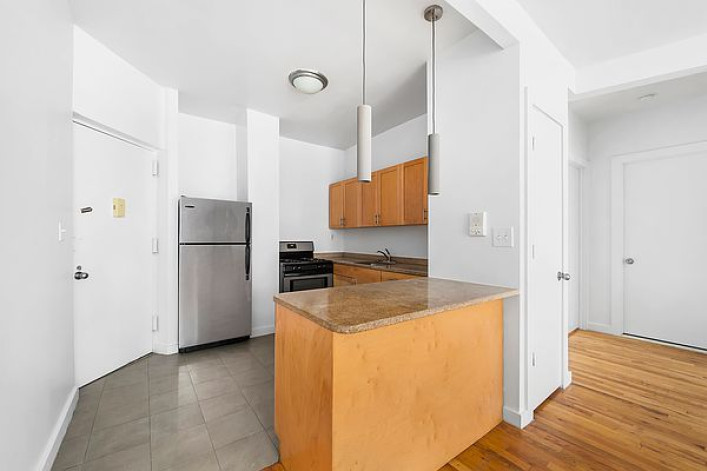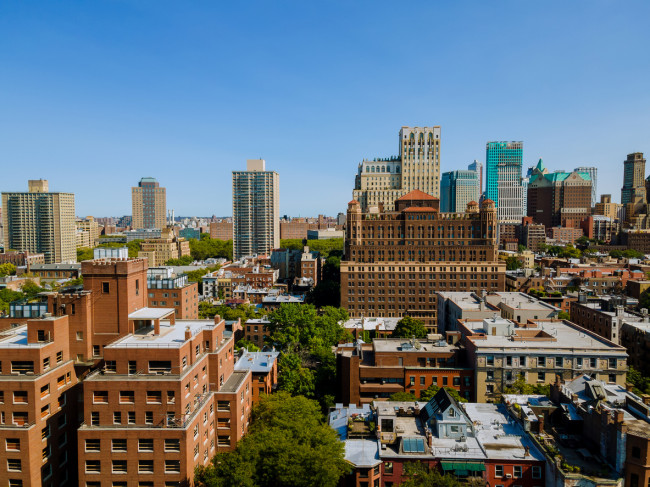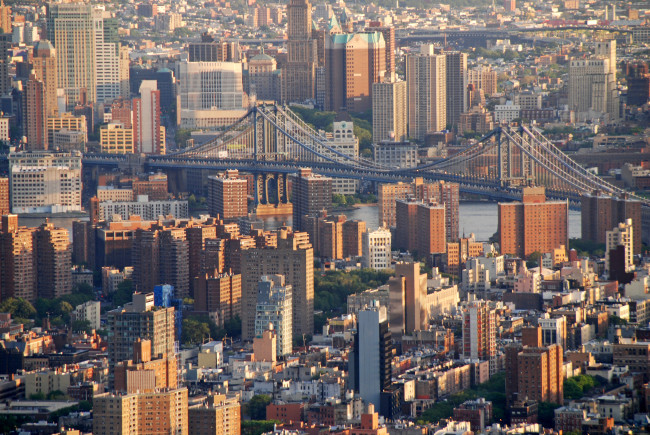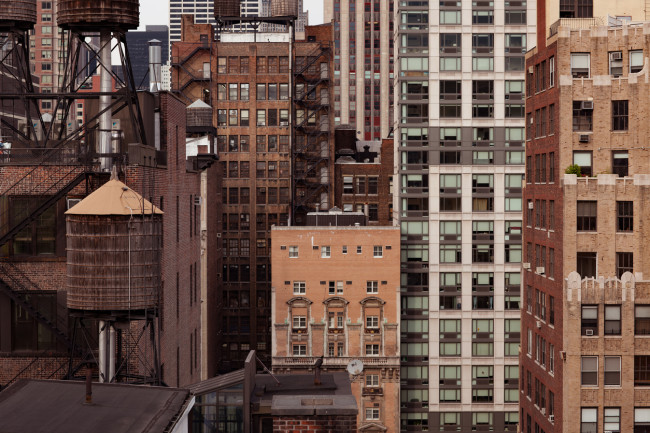How to find a rent-stabilized apartment in NYC
- NYC has one million stabilized apartments but they can be hard to find
- You can use city databases to find buildings with stabilized apartments
- Another route is to apply to NYC’s affordable housing lottery

This rent-stabilized, two-bedroom apartment at 460 West 126th St. in West Harlem is asking $3,000 a month.
Finding a rent-stabilized apartment in New York City can be life changing and here’s why: You get automatic lease renewals and your rent increases are capped by the Rent Guidelines Board, typically 5 percent a year or lower. But even though there are one million rent-stabilized apartments in NYC, they can be difficult to find—unless you know where to look.
There are two main routes to finding a rent-stabilized apartment. The first is to seek out listings for rent-stabilized apartments—using city databases, listing sites, and some neighborhood detective work. Another route is to apply for a rent-stabilized apartment in a brand new building via the city’s affordable housing lottery. If your income meets eligibility requirements and you are one of the lucky chosen ones you can land one of these modern apartments.
Here are the best ways to find a rent-stabilized apartment.
1) Search for rent-stabilized buildings by zip code
You can search the Division of Housing and Community Renewal by zip code to get a list of buildings with rent-stabilized apartments in a particular neighborhood. This can tell you which buildings to hone in on in your search.
Bear in mind that some apartments have been cycled out of the stabilization program, so not all apartments in a building will be stabilized.
The list won’t show you vacancies in the building but you can take the information—the building's address—to a listing site and search for apartments in a specific building.
Sometimes developers receive tax breaks and in return must designate some units as rent-stabilized apartments. You can check online whether an address has received a J-51 or 421a abatement, which is a sure sign a building has stabilized apartments.
After you identify which buildings have rent-stabilized apartments, you can plug those addresses into apartment listings sites and see if there are vacancies.
Do you make between $85,372 - $218,010 a year? You could qualify for middle-income rent-stabilized housing at 2-20 Malt Drive on the Long Island City waterfront. Apply now, before the lottery closes on December 30, 2024.
2) Put 'rent stabilized' into a keyword search on listing sites
You can also do a general search on apartment listings sites like StreetEasy, renthop, and openigloo to check what's available. Some rent-stabilized apartments will come up on listings sites if you add “rent stabilized” to the keyword field. For example, doing a search for "rent stabilized" apartments on StreetEasy finds 218 units in NYC.
However landlords don’t always advertise the fact that an apartment is stabilized—they are not required to—so it’s important to do your own research (see #1 above) in addition to searching listing sites.
3) Look for rent-stabilized apartments by building type
A building with rent-stabilized apartments is typically one with six or more apartments, built from 1947 to 1974. In Manhattan, these buildings are usually walkups or prewar elevator buildings north of 96th Street in places like Washington Heights, Inwood, and parts of Harlem.
You’ll also find rent-stabilized apartments in small, multi-family buildings in the South Bronx, the eastern parts of Brooklyn including Crown Heights, and Queens. Since most apartment buildings have the name of the super or management company posted in the lobby, you may be able to find contact information and email or call to ask if there are any vacancies.
4) Apply for an apartment through the NYC housing lottery
Another route to a rent-stabilized apartment is through NYC Housing Connect, otherwise known as New York’s affordable housing lottery. These apartments are in brand new buildings, often with popular amenities like outdoor space, gyms, and even pools.
In order to qualify for these apartments, you need to meet specific income requirements, which differ for each building. In many cases, the building will be still under construction when you apply and the application process can take a long time. Most successful applicants apply lots of times to many different buildings and are only successful after years of persistence.
You Might Also Like



























